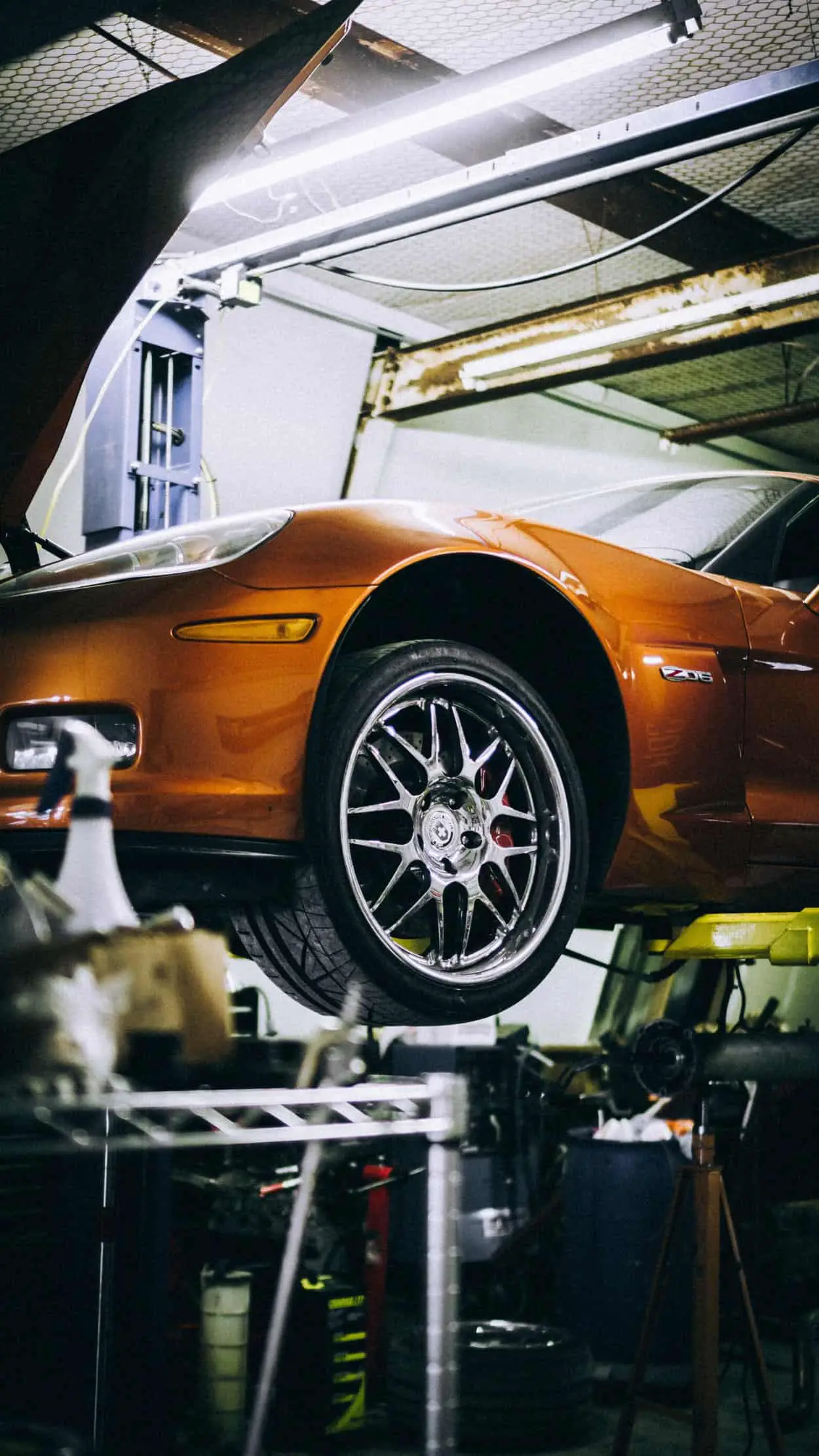The wealth of information that is easily accessed from computers, tablets, and even smartphones, has made it easier for people of all skill levels to work on their own cars, and brake jobs are among the most popular categories researched. But even seasoned car enthusiasts and expert do-it-yourselfers can experience a lapse, and a common scenario is neglecting to document which brake caliper guide pin goes on top.
While there may be exceptions, as a general rule, the guide pin without the rubber bushing (it looks like a short sleeve) at the end goes on top of the brake caliper assembly. In some instances, this bushing-less guide pin also has a beveled (flattened) surface instead of a smooth cylindrical shape.
With the proper tools and a little bit of know-how, just about anyone can remove brake calipers and disassemble them. But as evidenced by the numerous, desperate pleas for help found on internet forums and social media, putting brake caliper assemblies back together is another matter and often one that is fraught with pitfalls, including most notably, not knowing which guide pin goes where. Keep reading to learn more.
How to Tell Which Brake Caliper Guide Pin Goes on Top
When it comes to do-it-yourself auto repair and maintenance, there are a number of circumstances why the brake caliper assembly would need to be disassembled and put back together, including these common scenarios:
- To address unusual noises or vibrations that occur while braking
- To repair or replace damaged brake system components
- To address diminished braking performance, such as by replacing brake pads or turning rotors
- Removing brake calipers to paint them or perform aesthetic touching up
Whatever the reason for removing and taking apart brake calipers, putting them back together need not be a stressful or overly difficult experience. Knowing which guide pin to install on top and which to put on the bottom is half the battle, so here are a few handy tips to keep in mind.
How to Tell the Difference Between Top and Bottom Guide Pins
There are two guide pins for each brake caliper assembly, and at first glance, they look very similar. They can be especially challenging to differentiate when they are first removed and still covered in old lubricant and gunk. For instance, they have the following characteristics in common:
- They are similar in length and girth
- They are the same color and constructed from the same material
- They both have the same type of head (usually hex-shaped)
While their overall appearance can be confusing to the untrained eye, there are a few telltale attributes that make it easier to tell one guide pin from the other:
- While one caliper guide pin has a smooth, cylindrical surface, the other has a beveled (portions are flat, not rounded) surface
- One of the caliper guide pins has a rubber bushing (also referred to by many sources as a short sleeve) at the tip, along with an indentation at the end of the pin to hold said bushing in place
- The guide pin with the uniform, cylindrical shape is typically the one with the rubber bushing
Once the difference between the two guide pins can be recognized, the next step is determining where they go.
The Bushing-less Guide Pin Goes on Top
The universe of car makes and models is truly vast, and as such, it is virtually impossible to point to any hard and fast rules that would apply universally to the maintenance of all vehicles. That being said, as far as brake caliper guide pins go, the bushing-less pin usually goes in the top hole.
Theories abound as to what purpose the rubber bushing on the bottom guide pin serves, but one popular belief is that the rubber bushing on the bottom guide pin serves as a dampening device to reduce vibration and noise.
It is also worth noting that on older vehicles or those with rusty brake components, removal of the bottom guide pin can be quite a challenging task, largely due to the bushing seizing inside its opening.
A Word of Caution (and to the Wise)
While many sources and car aficionados corroborate the positioning of the bushing-less and sometimes beveled guide pin in the upper position of the brake caliper, owners of certain makes and models would be well-advised to be diligent when conducting their own research.
Case in point, certain Hondas (namely Accords and Preludes) require special attention with regard to the positioning of guide pins on their brake calipers:
- On the rear calipers only, the beveled, bushing-less guide pin does indeed go on top
- But on the front calipers, the same guide pin goes on the bottom
- In other words, the positions of the two guide pins are reversed when comparing the front calipers to the rear ones
The main takeaways here are twofold:
- Always document (or better yet, snap a quick photo with a smartphone) the original position of parts as they are being dismantled
- Thoroughly research the proper steps and procedures for performing your own repairs or maintenance for your specific make, model, and model year
Conclusion
Performing your own auto maintenance on components like brakes is a worthwhile endeavor for a number of reasons, not the least of which is the potential savings to be had by not paying a professional mechanic to do them. But it would be wise to invest not only in the necessary tools but also the requisite knowledge to avoid pitfalls like not knowing which brake caliper guide pin goes on top.
SOURCES:

